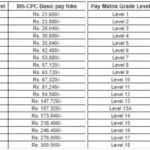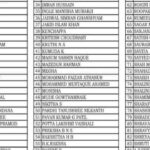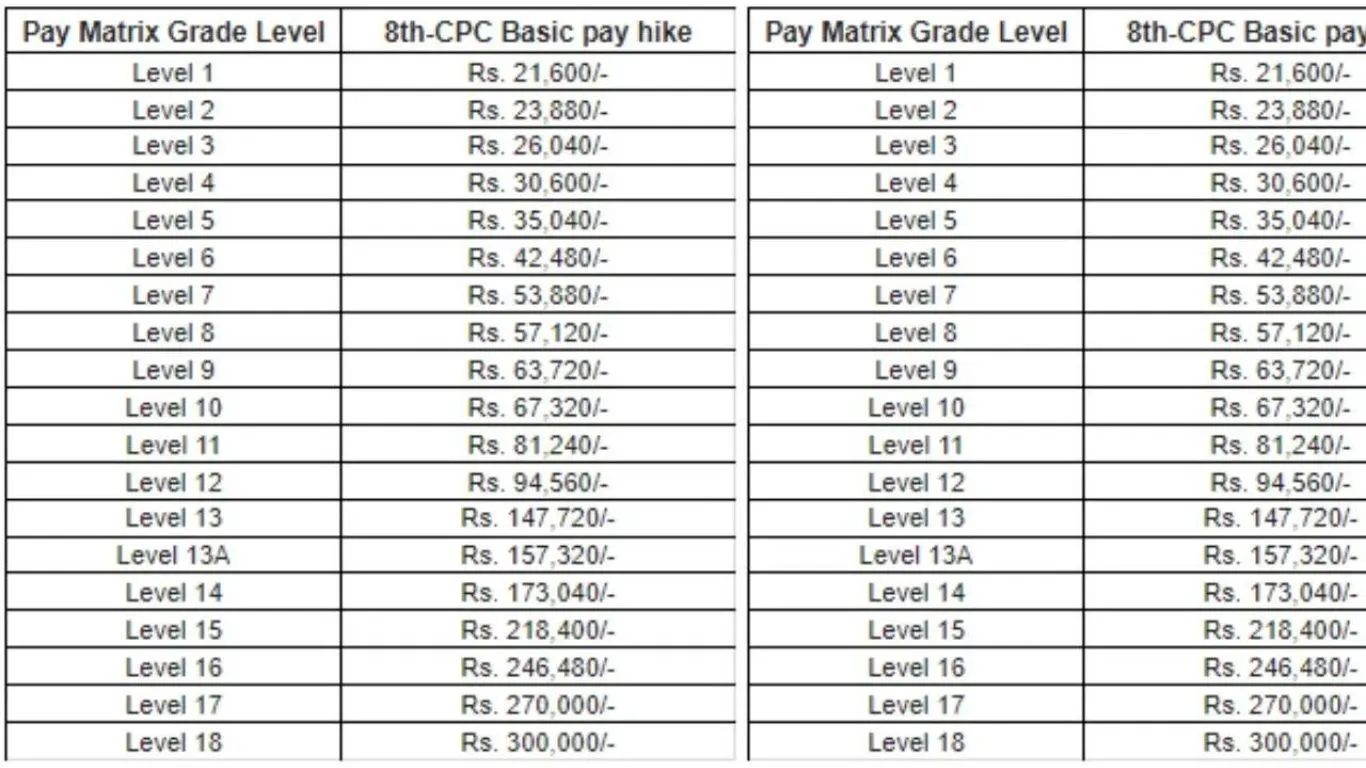संभावना: नए साल से पहले कर्मचारियों, पेंशनरों के डीए में 4% वृद्धि का आदेश जारी हो सकता है। जनवरी से पहले, कर्मचारियों, पेंशनरों के खाते में राशि में वृद्धि हो सकती है। नए साल की शुरुआत में, पेंशनरों को आशीर्वाद मिलने की संभावना है। डीए में बढ़ोतरी का लाभ, सरकारी कर्मचारियों के लिए आत्मविश्वास बढ़ा सकता है। सरकार का यह कदम, पेंशनरों की आर्थिक सुरक्षा को मजबूत करने की दिशा में है।
Uttarakhand Employees DA Hike 2023 :
उत्तराखंड के सरकारी कर्मचारियों पेंशनरों को मिलेगा महंगाई भत्ता का लाभ। राज्य कर्मचारियों को मिलेगा केन्द्र से समान महंगाई भत्ता। सीएम पुष्कर सिंह धामी ने संयुक्त परिषद से मुलाकात की। राज्य कर्मचारी संयुक्त परिषद के बाद आश्वासन दिया गया है। कर्मचारियों पेंशनरों के लिए 4% वृद्धि के आदेश जारी हो सकते हैं।
नए साल से पहले डीए में वृद्धि का संभावनात्मक है। जनवरी से कर्मचारियों पेंशनरों के खाते में राशि बढ़ सकती है। सीएम ने सरकारी कर्मचारियों को यह खुशखबरी सुनाई। संबंधित विषयों पर नई अपडेट्स की प्रतीक्षा की जा रही है।
4 फीसदी बढ़ेगा डीए
वर्तमान में, 42% डीए लाभ पेंशनरों को मिल रहा है। केन्द्र ने 4% वृद्धि के बाद प्रदेशीयों को 46% महंगाई भत्ते देने की सिफारिश की है। 3 लाख से अधिक कर्मिकों को इस वृद्धि से लाभ होगा। वित्त विभाग ने सीएम को प्रस्ताव भेजा है, पर मंजूरी अभी तक नहीं मिली है। परिषद को मिले आश्वासन के बाद, कर्मचारियों को बढ़ाई जा सकती है महंगाई भत्ते।
- कर्मचारियों का डीए प्रस्ताव कैबिनेट में लाकर मंजूरी हो सकती है।
- इसके बाद, वित्त विभाग आदेश जारी कर सकता है।
- डीए में 4% वृद्धि का कयास लगाया जा रहा है।
- पेंशनरों को मिलने वाली लाभ अब 46% हो सकता है।
- सहायता प्राप्त शिक्षण संस्थाओं के कर्मिकों को भी बढ़ाई जा सकती है महंगाई भत्ते।
- वित्त विभाग ने फाइल सीएम को भेजी है पहले ही।
- प्रस्ताव पर मंजूरी मिलने से कर्मचारियों को आराम हो सकता है।
- सीएम धामी को पहले ही प्रस्ताव मिल चुका है।
- एक हफ्ते के अंदर कैबिनेट में मंजूरी हो सकती है।
- इसके बाद, वित्त विभाग को आदेश जारी करने का संभावना है।
जुलाई 2023 से हो सकता है लागू, पदोन्नति पर भी अपडेट
- जुलाई 2023 से नई दरें लागू होने पर, जुलाई से नवंबर तक एरियर भी मिलेगा।
- डिसंबर में सैलरी में नई दरें और एरियर का लाभ शामिल हो सकता है।
- डीए की लागूता और लाभ की तिथि अभी स्पष्ट नहीं है।
- जनवरी में मिलने की संभावना है।
- परिषद ने सीएम के सामने पदोन्नति में शिथिलीकरण का प्रस्ताव रखा था।
- मुख्यमंत्री ने कैबिनेट बैठक में शिथिलीकरण के प्रस्ताव का आश्वासन दिया है।
- डीए के अलावा भी शिथिलीकरण की व्यवस्था पर बातचीत हुई थी।
- सूचना के मुताबिक, कैबिनेट बैठक में शिथिलीकरण का प्रस्ताव हो सकता है।
- सभी नई दरें और लाभ की विवरण तिथियों के साथ अभिवादन तक उपलब्ध हो सकता है।
निगमकर्मियों को भी डीए का इंतजार
- जनवरी 2023 से निगमों और संस्थाओं के कर्मचारियों को महंगाई भत्ते में कोई बदलाव नहीं हुआ है।
- कर्मचारियों को आक्रोश हो रहा है, इसके कारण मुख्य सचिव ने बैठक बुलाई है।
- 2 जनवरी को हुई अध्यक्षित बैठक में महंगाई भत्ता में वृद्धि का निर्णय हो सकता है।
- फैसले के बाद प्रस्ताव को कैबिनेट को मंजूरी के लिए भेजा जा सकता है।
- यह संभावना है कि कर्मचारियों को नए साल तक का इंतजार करना पड़ेगा।
सभी कर्मचारियों को मिली सहमति के बाद ही फैसला हो सकता है। अगर फैसला स्वीकृत होता है, तो कर्मचारियों को अनुभव करना पड़ेगा। इस निर्णय के साथ, कर्मचारियों में नए उत्साह की संभावना है। इस बदलाव से कर्मचारियों की स्थिति में सुधार हो सकता है। सरकार ने कर्मचारियों के हित में इस निर्णय को लेने का प्रयास किया है।
| Whatsapp Channel | Join |
| Telegram Channel | Click Here |
| Homepage | Click Here |












